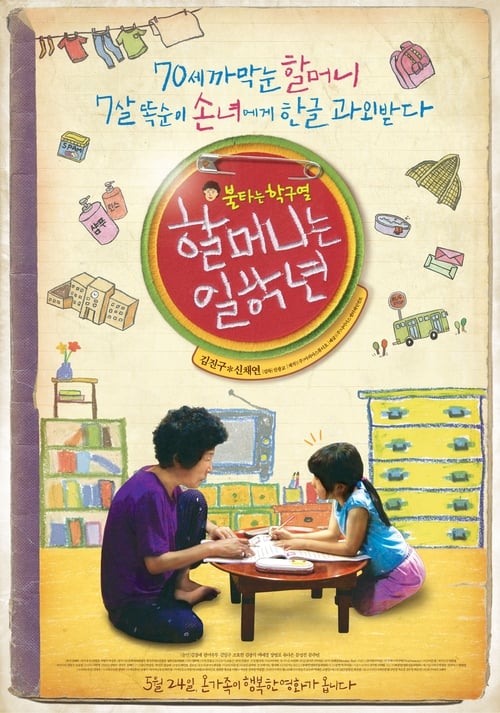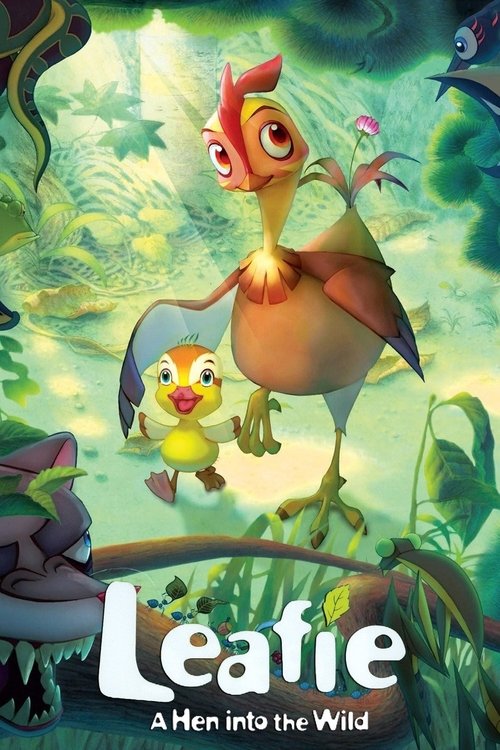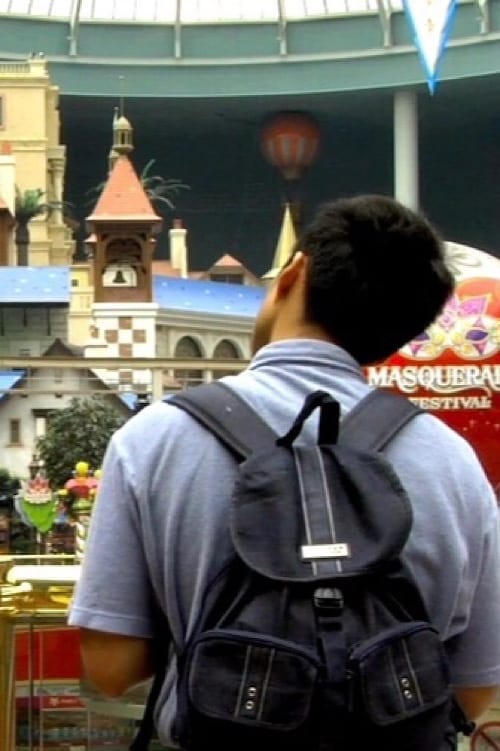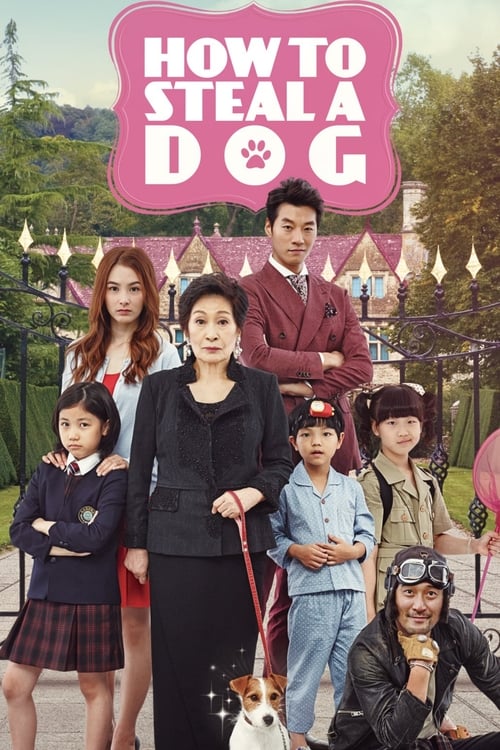
Ask Your Own Question
What is the plot?
What is the ending?
In the ending of "Granny Goes to School," Granny successfully graduates from school, proving that age is not a barrier to learning. She inspires her classmates and the community, showing that education is a lifelong journey. The film concludes with a celebration of her achievements and the bonds formed with her fellow students.
As the final act of "Granny Goes to School" unfolds, the atmosphere is charged with anticipation. The scene opens in the school auditorium, where the graduation ceremony is set to take place. Granny, dressed in a cap and gown that seems slightly oversized, stands nervously among her younger classmates. Her heart races, a mix of excitement and anxiety coursing through her veins. She glances around, taking in the faces of her peers, some of whom have become her friends, while others still regard her with skepticism.
The principal steps up to the podium, his voice booming as he welcomes everyone to the ceremony. Granny's internal monologue reveals her thoughts; she reflects on the challenges she faced throughout the school year, the late-night study sessions, and the moments of doubt when she questioned whether she belonged there. Yet, she also remembers the joy of learning and the friendships she forged, which have become a source of strength.
As the ceremony progresses, each student is called up to receive their diploma. When Granny's name is announced, the audience erupts in applause. She walks to the stage, her heart swelling with pride. The camera captures her beaming smile, a testament to her determination and resilience. As she accepts her diploma, she feels a wave of accomplishment wash over her, a validation of her hard work and perseverance.
After the ceremony, the scene shifts to a celebratory gathering in the schoolyard. Colorful balloons and banners adorn the space, and laughter fills the air. Granny mingles with her classmates, who now regard her with admiration and respect. They share stories and reminisce about their time together, highlighting the bonds that have formed despite their age differences. Granny's infectious spirit and wisdom have left a lasting impact on her peers, who now see her not just as an elder but as a true friend and mentor.
In a poignant moment, one of the younger students approaches Granny, expressing gratitude for her encouragement and support throughout the year. This interaction encapsulates the film's message about the importance of community and the value of learning from one another, regardless of age. Granny's eyes glisten with tears of joy as she realizes the profound influence she has had on those around her.
The final scene shows Granny walking home, her diploma clutched tightly in her hands. The sun sets in the background, casting a warm glow over her path. She reflects on her journey, feeling a sense of fulfillment and purpose. The film closes with a shot of Granny looking ahead, a symbol of hope and the belief that it is never too late to pursue one's dreams. The credits roll, leaving the audience with a sense of inspiration and the reminder that education is a lifelong adventure.
Is there a post-credit scene?
In the movie "Granny Goes to School," there is no post-credit scene. The film concludes with a heartwarming resolution that encapsulates the journey of Granny and her interactions with the school community. The story wraps up with a sense of fulfillment and joy, leaving the audience with a lasting impression of the lessons learned and the bonds formed throughout the film. The absence of a post-credit scene allows the emotional weight of the narrative to settle, emphasizing the themes of education, family, and the importance of lifelong learning.
What motivates Granny to go back to school?
Granny is motivated to go back to school primarily due to her desire to prove that age should not limit one's ability to learn and grow. She feels a strong need to set an example for her grandchildren and the younger generation, showing them that education is a lifelong journey.
How do Granny's classmates react to her presence in the classroom?
Granny's classmates initially react with surprise and skepticism when she joins the class. Some are amused, while others are supportive. As the story progresses, they come to respect her determination and wisdom, leading to a bond that transcends age.
What challenges does Granny face while attending school?
Granny faces several challenges while attending school, including difficulties with modern technology, the fast-paced learning environment, and the skepticism of some younger students. She also grapples with her own insecurities about fitting in and keeping up with the curriculum.
How does Granny's relationship with her grandchildren evolve throughout the film?
Granny's relationship with her grandchildren evolves significantly as they witness her courage and commitment to education. Initially, they are concerned about her decision, but as they see her thrive in school, they become more supportive and inspired by her example.
What specific subjects does Granny struggle with in school?
Granny struggles particularly with subjects that involve technology, such as computer skills and digital literacy. She finds it challenging to adapt to new teaching methods and the use of gadgets, which are foreign to her, but her determination drives her to overcome these obstacles.
Is this family friendly?
"Granny Goes to School," produced in 2012, is generally considered a family-friendly film. It centers around themes of education, perseverance, and the importance of family bonds. However, there are a few aspects that might be considered potentially objectionable or upsetting for children or sensitive viewers:
-
Conflict with Authority: There are scenes where Granny faces challenges from school authorities, which may depict tension and conflict. This could be unsettling for younger viewers who may not understand the context of such confrontations.
-
Emotional Struggles: Characters experience moments of frustration and sadness, particularly related to the challenges of learning and fitting in. These emotional scenes may resonate deeply and could be upsetting for sensitive viewers.
-
Physical Comedy: The film includes slapstick humor, which may involve mild physical mishaps. While intended to be humorous, some scenes might be perceived as too intense or uncomfortable for very young children.
-
Generational Differences: The film explores themes of misunderstanding between generations, which may lead to moments of tension or conflict that could be confusing for younger audiences.
Overall, while the film promotes positive messages, these elements may require parental guidance for younger viewers.






















